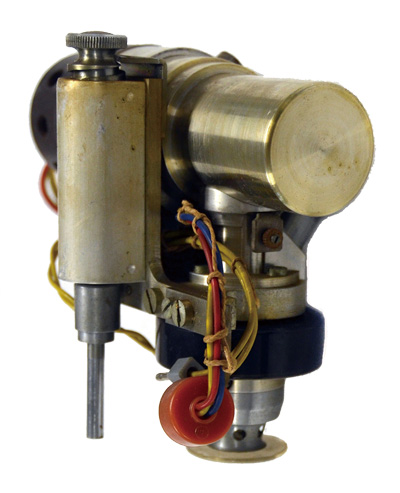
- Home >
- Artifacts of IP Heritage >
- 2011 >
- Differential Analyzer of Institute of Industrial Science, University of Tokyo
Differential Analyzer of Institute of Industrial Science, University of Tokyo



| Manufactured in | 1953〜1955 |
|---|---|
| Manufactured by | Institute of Industrial Science, the University of Tokyo |
| Owner | Institute of Industrial Science, the University of Tokyo |
| Location of historical materials | Institute of Industrial Science, the University of Tokyo, 4-6-1 Komaba Meguro-ku, Tokyo 153-8505 |
| Visitor information | To be open to the public |
| Contact | Institute of Industrial Science, The University of Tokyo Tel.+81-3-5452-6871 nikou@iis.u-tokyo.ac.jp |
During the war Aeronautical Research Institute of the Tokyo Imperial University researched on differential analyzers and developed the first prototype in1942. After the war, Institute of Industrial Science of the University of Tokyo succeeded to this research and improved the first prototype. Base on this experience Masaru Watanabe, Junichi Miita et al. of Institute of Industrial Science of the University of Tokyo started to develop a large high accuracy differential analyzer. For the design of the machine, they gave consideration especially to high accuracy, enough capacity, easy-to-use and automated operation. As power-transmitting means, torque amplifiers were adopted from a practical point of view.
From 1951, the machine was manufactured by Tokyo Keisokuki Seisakusho and the prototype production facility of Institute Industrial Science. In 1953, a basic system with four integrators, an input table and an output table was built. In 1955, the whole system consisting of eight integrators, three input tables (the two of them had automatic tracking capability), an output table, nine adders and a connection unit was completed. This system was used for various practical calculations such as rocket orbit calculation. They realized the integrators with high accuracy of 0.03%, which was the highest in the world at that time.
The system itself doesn't exists anymore but major components, a torque amplifier, an adder and an optical head for curve tracking, are preserved as the historical record archive of the Institute of Industrial Science.
